The turn of the 20th Century was probably one of the most exciting times in aviation history. In fact, it marked the explosion of what was then a fledgling field as people from all over the world were trying to get airborne.

A monument celebrating Richard Pearse’s attempts at flying.
| Photo Credit:
Check source link for mandatory credit
While the names of the Wright brothers, Orville and Wilbur, are now etched in people’s memories for inventing, building, and flying what is believed to be the world’s first aeroplane, there were a number of others who were attempting the same, with varying degrees of success. New Zealand’s aviation pioneer Richard Pearse was one of them.
Keen to learn
Born on December 3, 1877 in the Canterbury Region of New Zealand, Pearse was the fourth of nine children born to Digory Sargent Pearse and Sarah Browne. Even though Richard was quiet and independent while at school, he was always a keen reader with a willingness to learn. Despite the fact that he wanted to go to university and study engineering, he had to leave school when he turned 16 and take to the family farm.
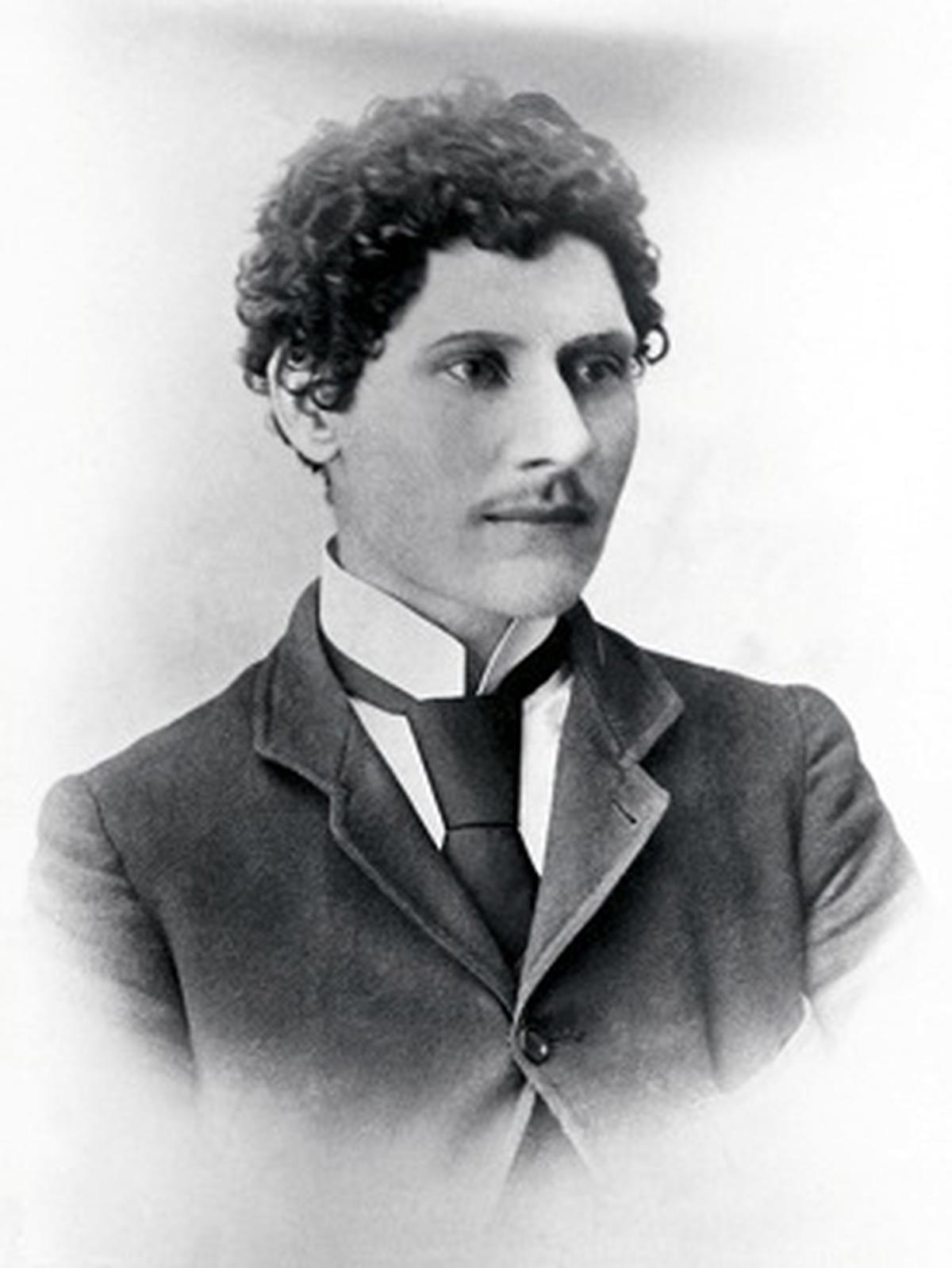
Black and white portrait of Richard Pearse.
| Photo Credit:
Check source link for mandatory credit
When he was bestowed with a 100-acre block of land for one of his birthdays, he quickly built a workshop in it to create his own inventions, rather than use it for farming. One of his first inventions was a type of bicycle where the pedals were pushed up and down, rather than around. He built all kinds of machines, which, among others, included a needle threader, recording machine, potato planter, and power generator.
Flying, not farming
His real interest, however, lay in flying. Like many others in the world, he had started working on ideas pertaining to powered flight in the last years of the 19th Century. Tucked away in a corner of a not-so-connected world in New Zealand, Pearse kept himself abreast with all the developments in the world of aviation by reading the magazine Scientific American.
Pearse had made a number of attempts to fly as early as 1901, but was only able to achieve brief hops due to insufficient engine power. By the following year, he had built his first two-cylinder petrol engine before going on to construct a low aspect ratio monoplane using bamboo, tubular steel, wire and canvas. Modern microlight aircraft closely resemble the design of Pearse’s aircraft in terms of appearance.
First public attempt
Following a lot of taxiing on his farm, Pearse made his first public flight attempt along the Main Waitohi Road adjacent to his farm. According to verified eyewitness accounts, Pearse stayed aloft for a short distance – maybe 50 m – before crashing on top of his own fence. There’s no written record of this, however, either by Pearse or any of the onlookers.
Based on eyewitness testimony, the likely date of this first flight was March 31, 1903, though there are advocates for a date as early as March 31, 1902 – a full 18 months ahead of Wright brothers’ well recorded powered flight on December 17, 1903. Pearse, however, never staked a claim himself for being the first to achieve powered flight that was controlled and sustained.
Credits Wright brothers
He himself admitted that his was at best a powered take-off and wouldn’t qualify as a true flight in terms of either length or control. In his own words, Pearse stated that the “pre-eminence will undoubtedly be given to the Wright Brothers,” while also mentioning that “The honor of inventing the aeroplane cannot be assigned wholly to one man; like most other inventions.”

Design of an aircraft created by Richard Pearse.
| Photo Credit:
Check source link for mandatory credit
In the decades that followed, he set about designing and building what he called the Utility Plane – an aeroplane that could land anywhere and also be driven around like a car. While he wanted to do for planes what American industrialist Henry Ford did for cars, a lack of interest from companies made him paranoid. Pearse was admitted to Sunnyside Mental Hospital in Christchurch in 1951 and he died there on July 29, 1953.
A solitary man who kept to himself and his inventions, most of his works were undertaken alone, without any formal training. Pearse and his contributions to the aviation industry were largely forgotten until after his death when a number of machines built by him were retrieved. Regardless of whether Pearse flew according to the strictest of definitions, he was a pioneer in the field who could embody in his invention what were then concepts of the future.

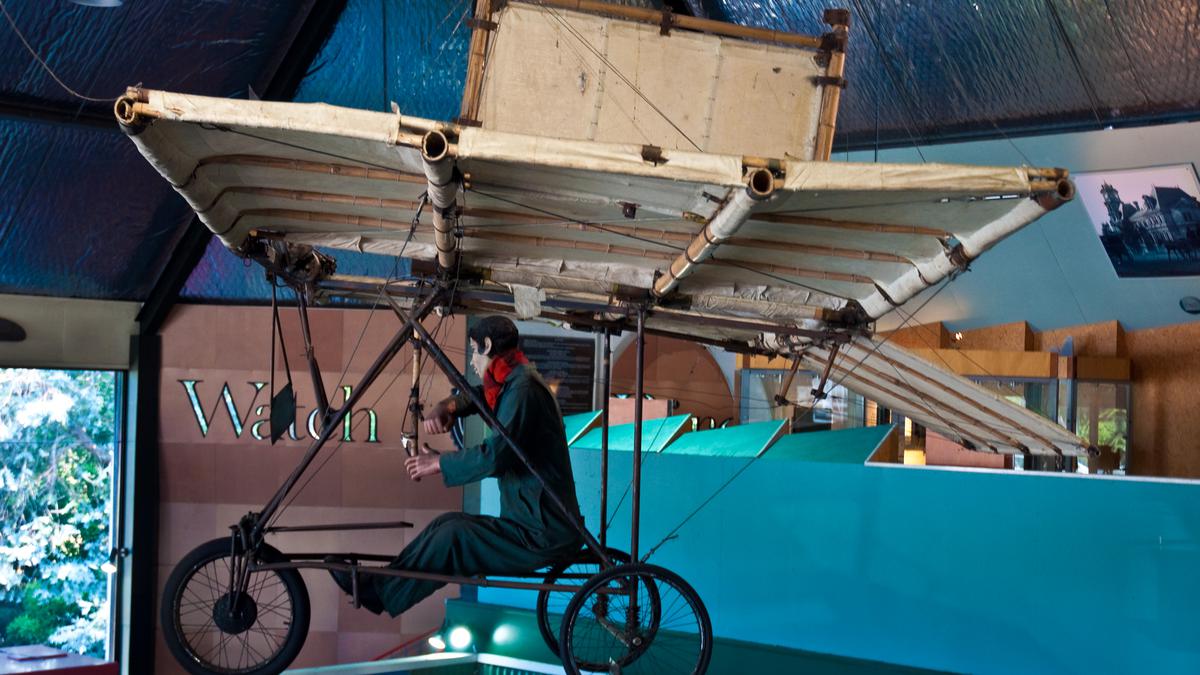
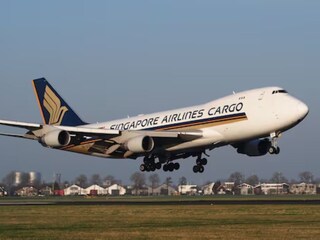
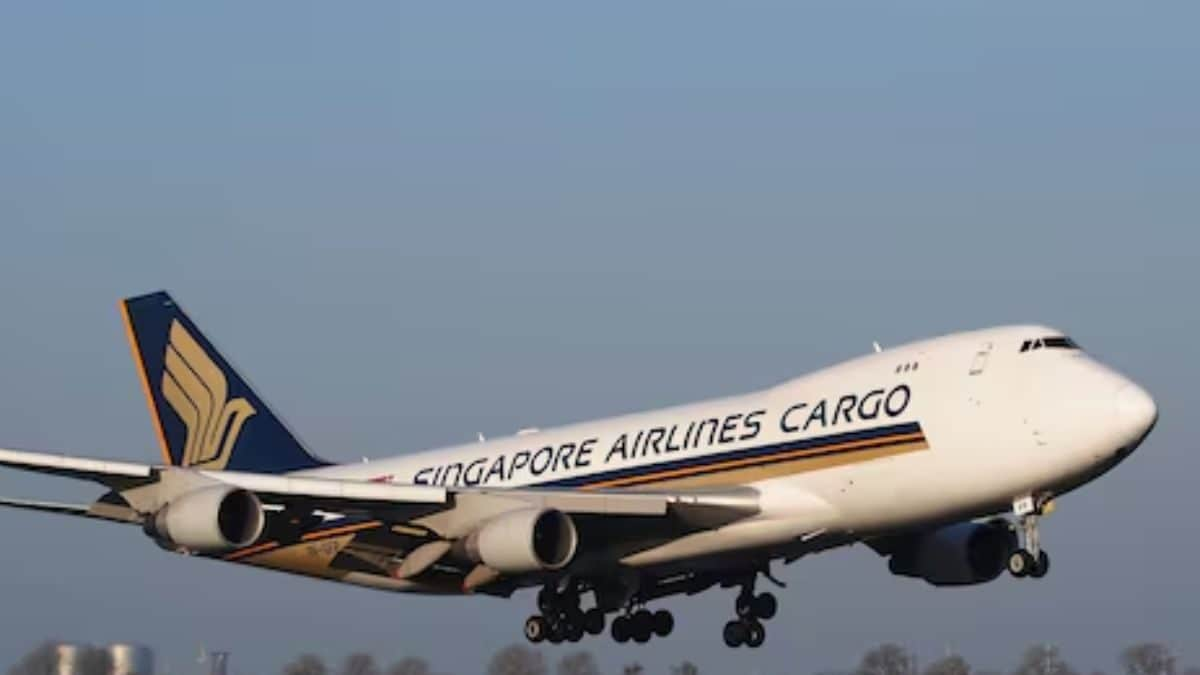
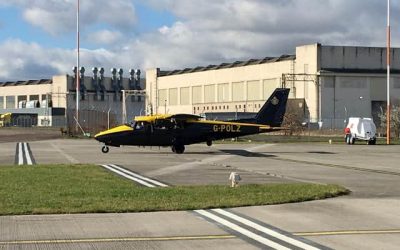
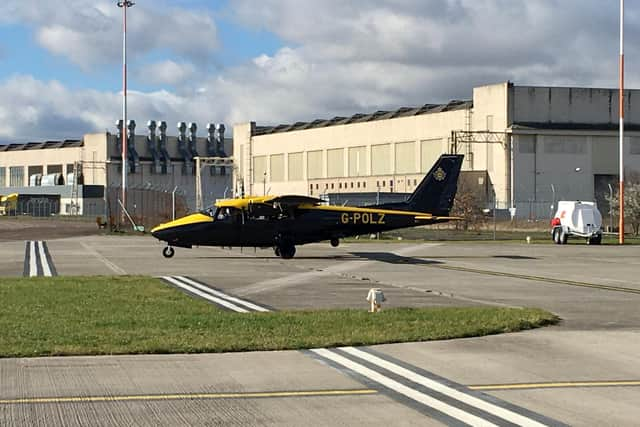


Remove
SEE ALL